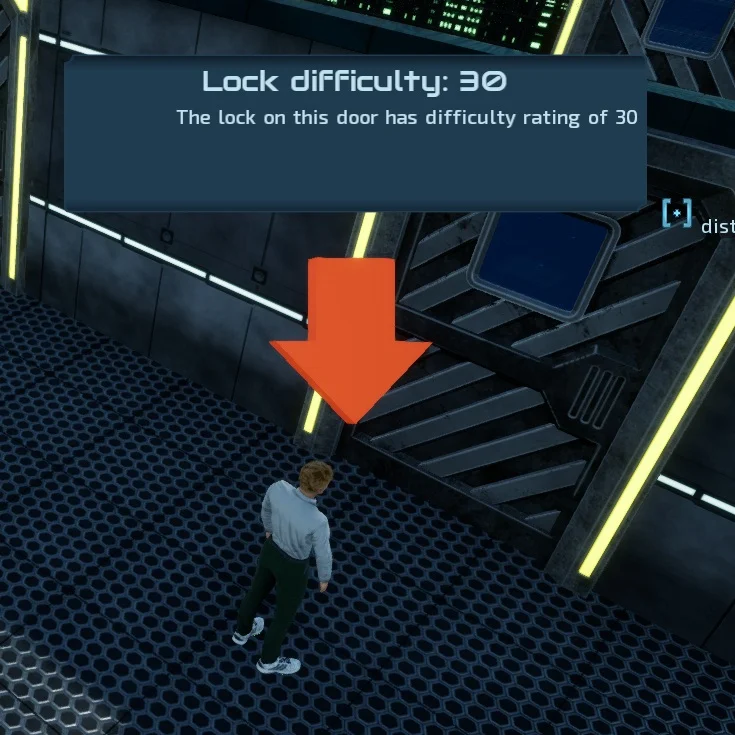Combat in Spy DNA
Realistic combat environment
What sets Spy DNA apart from most tactical games is our uncompromising focus on creating a realistic and believable combat environment.
Gunsight cam
We added a gunsight cam, so when you are giving your character the order to attack, you can make sure they execute the attack exactly the way you want.
We are giving the players granular control over what type of shots their characters take. Anything from a snapshot to a well-aimed shot is possible. You can also vary the number of rounds you fire and where you aim.
So is it turn-based?
Combat in Spy DNA is Concurrent Turn-Based. This means that the game plays as turn-based, but the length of the turns is determined by your actions and stats. When it’s any of your characters’ turns, the game stops and waits for you to tell them what to do next. How long a turn takes is determined by what you told your characters to do.
Every character requires a different amount of time for the same action, based on their personal stats
Spy DNA is also different in that all characters perform their actions at the same time. It’s not at all uncommon to see a character's turn come up while bullets are flying through the air and explosions are going off.
Anatomical damage
The damage system in Spy DNA is based on injuries rather than hit points. As a character is injured they will be impaired by those injuries. The game internally has a model of human anatomy which it uses to model the effects of the injuries a character sustains.
He’s got his heart in the right place, so you know where to aim
Shoot a target in the arm and they will have a hard time using a weapon with it. Hit a knee or a foot and they are going to have a hard time moving. The character model also tracks the status of internal organs, bones and blood loss. [read more]
So, getting shot, stabbed, blown up, or set on fire are Really Bad Things™. It’s far better to avoid them than to try to “tank” them.
“Stopped” is the not same as “killed.” Most fights end because one of the fighters decides the fight is not worth it. A hard stop, meaning the person is physically unable to continue, is actually quite difficult to achieve in real life. In Spy DNA, we track both the will to continue fighting as well as the ability to do so, because let’s face it, you kinda need both.
Battlefield medicine is focused on stabilizing the patient so they can get to a care facility. If one of your party goes down, there is a good chance you can stabilize them and bring them back to your base where they can be stitched up. Then, given some time and care, and thanks to their genetic modification, they can fully recover.
That said, a bandage on a sucking chest wound won’t get them up and running while the battle still continues.
Weapons
Weapons in Spy DNA are derived from real-world military weapons but extrapolated slightly for the future. The weapon models are physically based. Shots drift and lose energy over distance in a realistic way.
The effective ranges mirror their real-world counterparts. We even built a virtual firing range (1000 meters) for testing the weapons. Currently there are twenty three unique weapons in the game. And yes, some of the maps in the game are large enough that snipers could make effective use of the long-range weapons.
Attributes and skills
Spy DNA provides a deep character model allowing you to create a unique character tailored to your play-style.
There are seven primary attributes. For those that wish greater control there are three detail attributes within each primary attribute. For example “senses” includes eyesight, hearing, and smell. If you want to create a character with great eyesight but not so great hearing, it’s up to you.
Skills in Spy DNA are another way the character evolves to mirror its player's play-style. We’ve introduced weapon specialization. If your character has a favorite weapon they keep using, they will become better with it over time.
You can learn new skills between missions. Your state-of-the-art base has a number or training resources available for your character to prepare them for missions. Once you have a skill you can advance it both by training it at the base or using it on a mission.
Multiple play modes
Ranging from "easy" to "iron man," there's the perfect game mode for every player. Permadeath? Sure, but only if you want it!
From "shoot'em up" to a stealthy surgical approach, all play styles can be rewarding in "Spy DNA," due to a complex realism of the combat system.
















